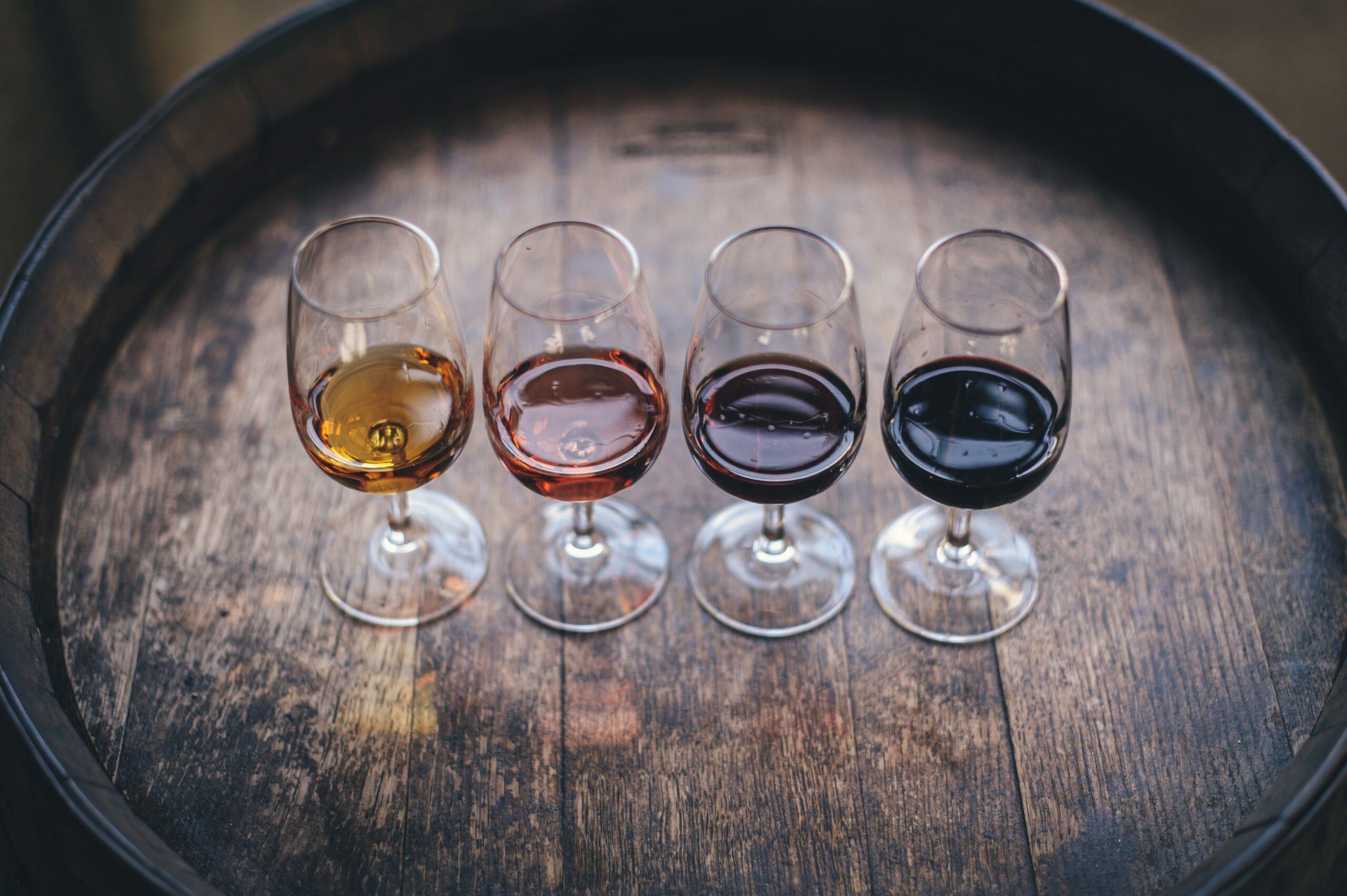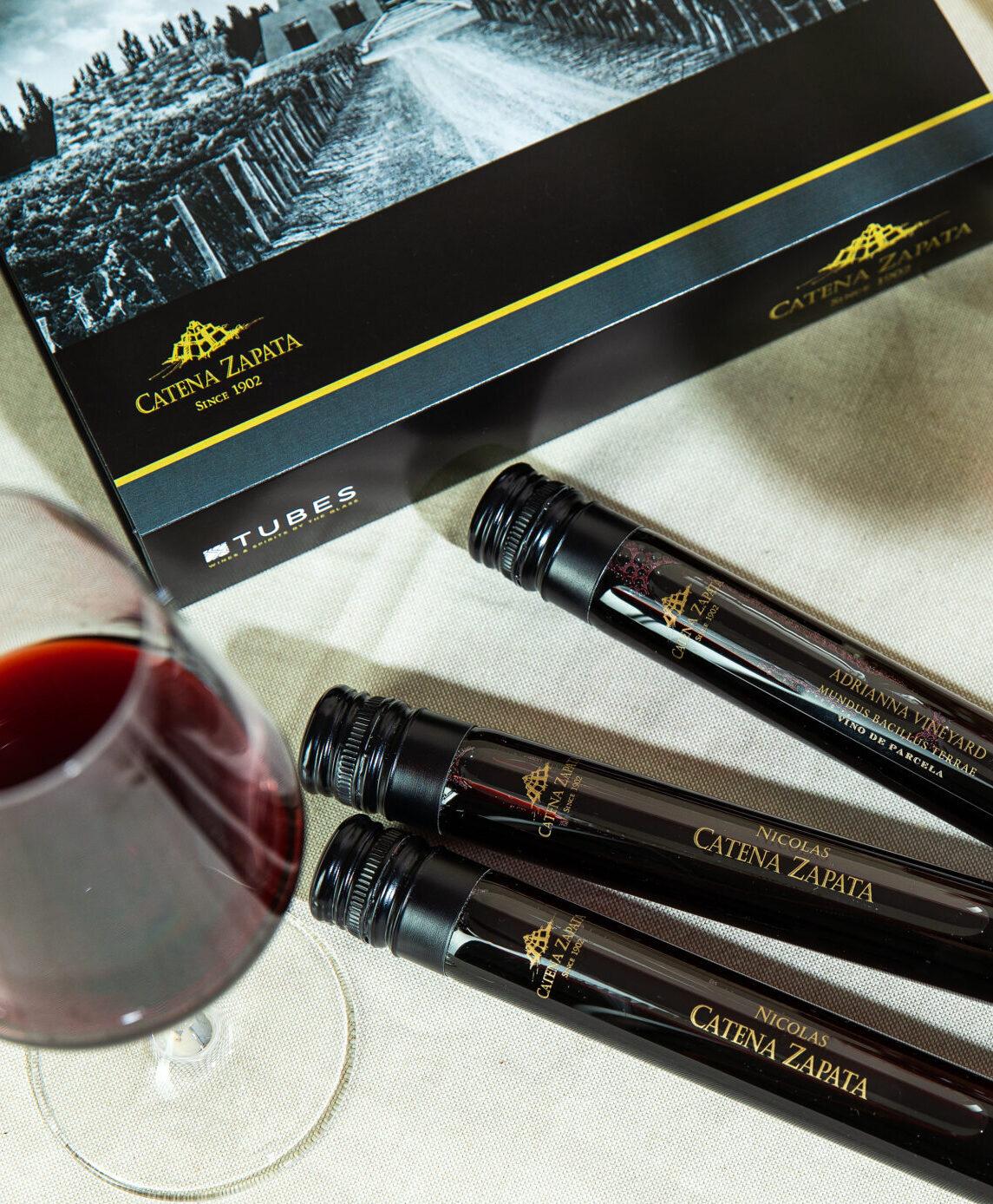Beyond 2021: Key trends shaping the global wine market
Get to know us
COVID-19 hasn’t left the wine industry untouched. Patterns in global consumption have undergone significant disruptions. Fortunately, challenges can be turned into opportunities. What trends and innovations will be driving the world’s wine market in the years to come and how can actors in the industry adjust to the ever-changing needs of consumers?
2020: Drops in wine consumption
Few industries have seen business excel during the pandemic. Certainly, 2020 has been a year of resilience and survival for most markets. As such, the wine industry experienced a harsh year. Although there are differences between and within regions, overall wine consumption dropped by 3% globally according to the latest OIV report. So, yes, global wine consumption has been severely affected by the pandemic. That said, new opportunities are arising. If producers and retailers can effectively adjust to the changing landscape, a weakened economy won’t necessarily result in value decline for the wine market in the years to follow. What growth opportunities lay ahead?
Wine explorations at home
Although many specialists had expected consumers to drink more during the pandemic, due to lockdowns and closure of venues consumers actually drank less (Bloomberg). Indeed, people found their way to grocers and liquid stores in order to enjoy wine at home, but shipments to the hospitality industry declined more compared to the increase in supermarket purchases. However, growing in-house consumption provides the industry with dozens of smart solutions to reach target audiences and tap into emerging markets. If trends in wine exploration at home continue, innovative (e-)retail holds the answer to the challenges the industry will face in the following years.
Organic and natural wines
In sharp contrast with the global decline of wine consumption, there has been a significant increase in the consumption of organic, biodynamic and vegan wines. Although this might not seem surprising considering the influence of the pandemic on consumer awareness of physical health, the trend towards a more natural and organic wine industry has been visible for some time now, with data showing surging sales of organic and biodynamic wines over the past four years (Nielsen). Overall, natural wine sales and consumption have been multiplied by a factor of 1.5 over the past five years, data of Exploding Topics shows. Now that’s a trend!
Sustainable wine solutions
Somewhat parallel to booming natural wine sales due to health concerns, consumer demand for sustainable solutions has continued to grow in 2020. What’s more, a 2019 Forbes survey shows that consumers say sustainable production takes precedence over organic wines. Consumers are increasingly aware of the fact that organic wine production does not equal protective farming measures and hence can still damage the environment. Especially Millennials and Gen Z are perceptive to sustainable wine trends and willing to spend money extravagantly for eco-friendly wines in fully recyclable packaging to reduce their carbon footprint. Unsurprisingly, this trend towards the optimization of sustainable processes and innovative wine packaging is expected to become part of the new normal.
Wine in new formats
To satisfy consumer needs and wants in the field of sustainability while adjusting to changing drinking patters, wineries are shifting towards innovative bottling solutions. Although the bag-in-a-box hype seems a short-lived one, canned drinks and wine in single-serve tubes enjoy ever-increasing popularity as small packaging solutions allow consumers to enjoy taste and reduce waste. Furthermore, the closure of bars and restaurants caused most social and corporate gatherings to be held online, leading to a surge in virtual wine tastings for which by the glass tubes represent the ultimate solution. Following this trend in the wine industry, even large supermarket chains successfully invited their customers to diversify wine experiences with innovative wine sample kits.
Online wine purchases
Although online wine purchasing was already spotted as a trend in the pre-pandemic-era, lockdowns caused ecommerce wine sales to go through the roof. Consequently, even consumers who would have never thought of online wine purchases place their first e-wine order. Wineries and companies that quickly tapped into this new market and invested in ecommerce or letterbox-wine have seen their profits soar. However, is this trend to stay post-COVID? Considering the fast pace of innovations, the amount of investment, and the fact that consumers easily get used to the comforts of ecommerce, online wine is definitely a global trend that is here to stay.
Non-alcoholic wine
The more consumers become aware of the environment and the climate change-related consequences of their purchases, the more they consider their own health. Without a doubt, the pandemic increased this health and wellness trend. Therefore, consumers prefer drinking not only smaller amounts of wine and alcoholic beverages but even opt for low and non-alcoholic beverages. Indeed, sales in low and non-alcoholic beverages grew by 32.7% and the market for non-alcoholic beverages is expected to grow at a compound annual growth rate of 8.4% between 2020 and 2021. Although especially low and non-alcoholic cocktails, beers and ciders prove to be a true commercial love story, we naturally expect wine to be next in line.
Find out more
Curious for more wine trends or insights in the global wine market? At TUBES, we are truly passionate about wines and spirits, so we’ll be updating you on innovations, in-depth knowledge and news about the wonderful world of wines and spirits.


